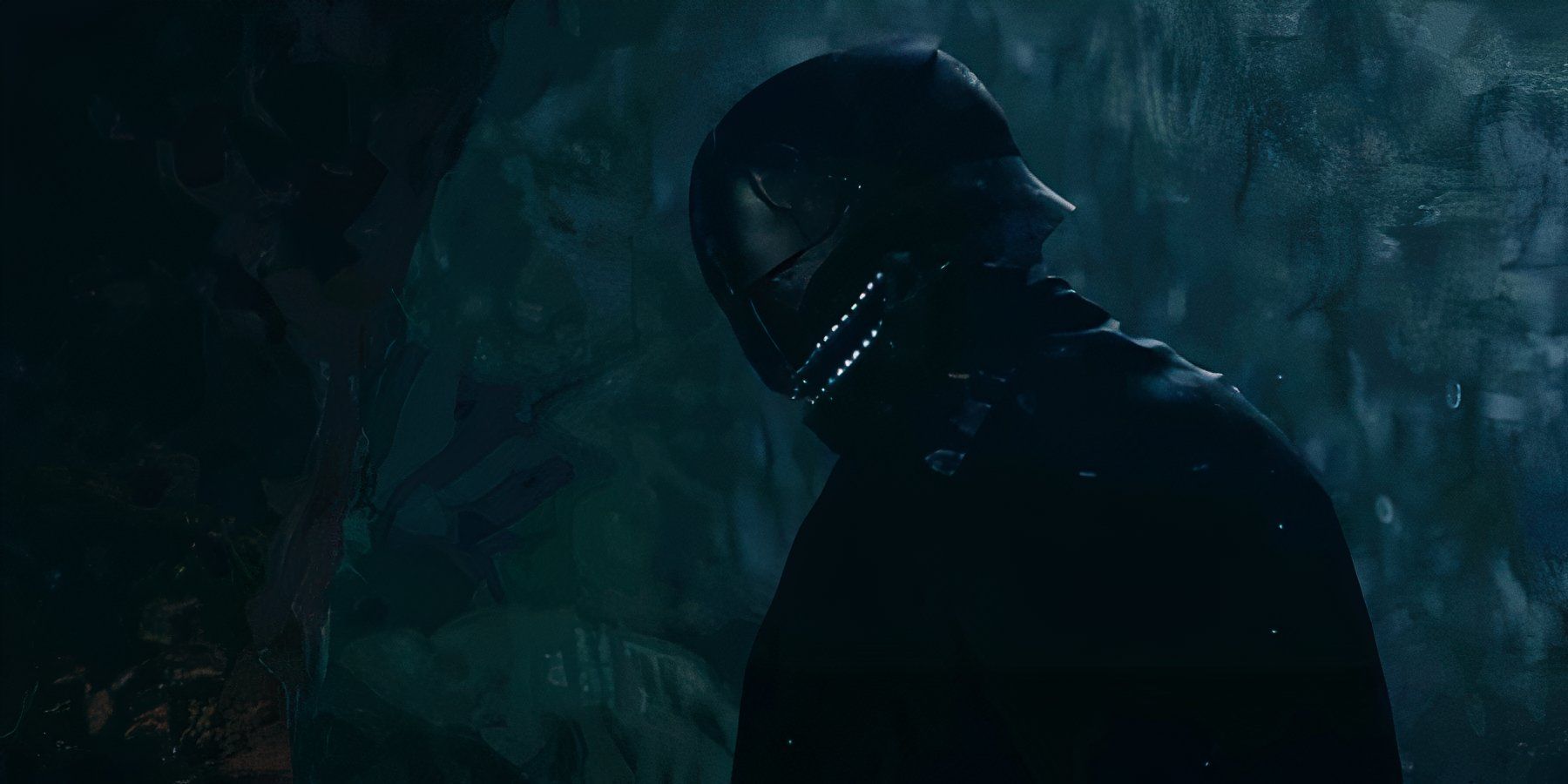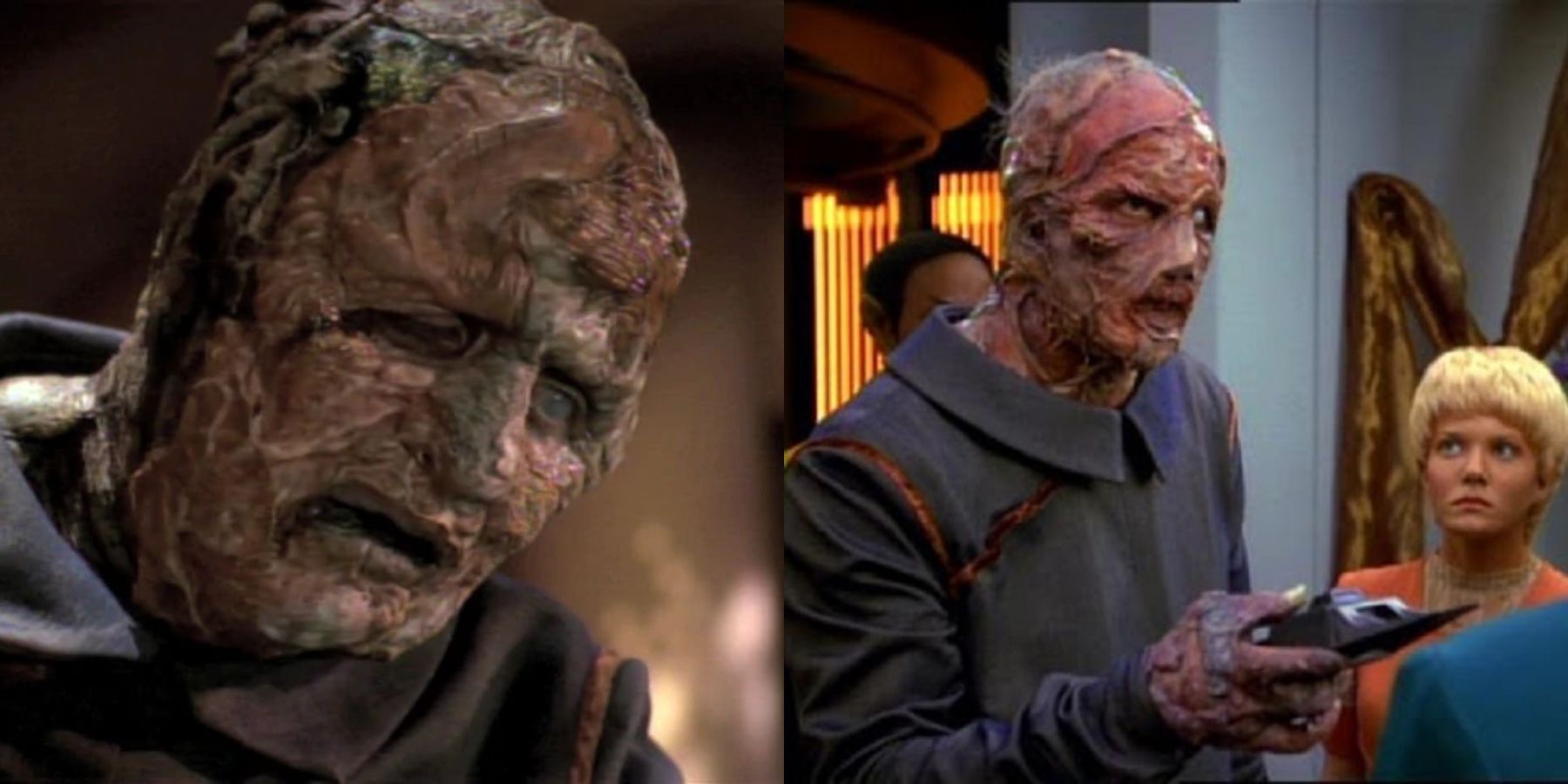Ever since Star Trek first appeared on the small screen during the late 1960s, it has consistently brought to audiences a wide range of amazing things. Elements of this franchise range from a highly diverse and interesting array of alien races, to some spectacular science fiction technology, some of which have influenced modern day devices.
Not everything was great, however, and while the show's creator Gene Roddenberry created the program to show a highly advanced and utopian future for humanity, the franchise does not shy away from the gritty reality of life, from genocidal wars, to truly horrific tales of loss and grief. One such nasty introduction the franchise made was the introduction of diseases that plagued various cultures, including all sorts of body horrors and psychologically traumatizing side effects.
The Phage
This was a disease introduced during the poorly received Voyager series, first appearing in the aptly named episode “Phage” during the first season. It was a nasty disease that affected a race of people called the Vidiians, killing them daily at an alarming rate. According to them, they had been battling the disease for nearly 2,000 years, and it was successfully killing thousands each and every day.
The Phage was a rotting disease that showed a high resistance to each and every form of medical treatment, adapting quickly to each potential cure. It disrupted the Vidiian genetic code, and begin the rot their tissue while they lived, horrifically deforming them to the point they were unrecognizable. The rotting itself was not the worst part either. One of the early symptoms was extreme joint pain so bad that many were known to die just from that, euthanasia being commonplace in their society. The only way for the Vidiians to survive (if it can be called surviving) was to begin organ piracy, traversing space to steal and harvest organs from alien races, transplanting them into their own bodies. Even this would only stave off the disease for a short time. Arguably one of the biggest effects the disease had was that it changed these once loving, peaceful people into murders and organ harvesters, forcibly taking body parts from unwilling victims just to stay alive.
The Teplan Blight
The next on the list comes from the far from paradise lands of Deep Space 9, and was a disease that affected the Teplan race. Rather than a naturally occurring disease, this one was purposefully introduced to the Teplan population but the villainous Jem’Hadar as a consequence to them standing up against Dominion rule. The disease, characterized by a blueish spiderweb looking mark on the face, resulted in many victims perishing during childhood, the rest usually dying during their 20s. The mark would produce lesions across the body, and when the disease began to take hold — which could happen at any point — the victim would only have a few days to weeks to live. The illness would cause the victim horrific pain as the lesions spread, to the point where their bodies would simply give out, or they would beg for euthanasia.
The Teplan people struggled to survive for almost 200 years, and were never able to find a cure until they met Dr. Bashir from the DS9 space station. It was not smooth sailing, however. Due to the nature of the disease, having been created artificially by the Jem’Hadar, there were failsafes built into it. In the presence of advanced medical technology and treatment, the blight was designed to accelerate at a much faster pace, resulting in convulsions and severe pain almost simultaneously across patients. Even when Bashir found a cure, it couldn't fix what had already been done to the main population. Instead, it worked as a vaccine for pregnant women that would, after several generations, eradicate the disease from the children's systems.
Bendii Syndrome
This disease, while it may not appear to be as bad as the others, is questionably the most tragic on the list. Bendii Syndrome was a Vulcan-specific neurological illness that could affect Vulcans over the age of 200. This was generally considered to be old for Vulcans, who had an average life expectancy of around 220. While the disease was not particularly common, it still affected a large amount of the population, and could cause the affected Vulcan to lose control of their logic command centers in the brain.
The consequences were a loss of emotional control, and would result in various emotional outbursts such as anger and fear, harkening back to the old days of their civil war torn Vulcan ancestors. This would progress until they had absolutely no control over the emotions, and would be entirely ruled by them. A rare but dangerous side effect was that due to the Vulcan’s natural telepathic abilities, their lack of logic control could sometimes be projected onto others when under severe stress, and they would consequently give into the emotional urges. The worst part of this syndrome was that it completely stripped the Vulcan of everything they had worked so hard over their life to maintain and control, the very thing that makes a Vulcan a Vulcan: their logic. They would have spent their life mastering this control, only to have it all taken away and leaving them an emotional wreck. This one hits hard with a lot of fans who have been affected in some form or another with the various forms of dementia.
These are the three of the worst diseases found within the Star Trek franchise, each highlighting a different aspect of the horrifying effects they can have on a person. The can lead a race of people, so desperate to survive, to become monsters like the Vidiians. It can cause them agonizing pain and take away the possibility of living a normal length life like the Teplans. Finally, it can completely strip a person of their identity in a deeply personal, humiliating way, like the Bendii Syndrome so effectively achieves.







